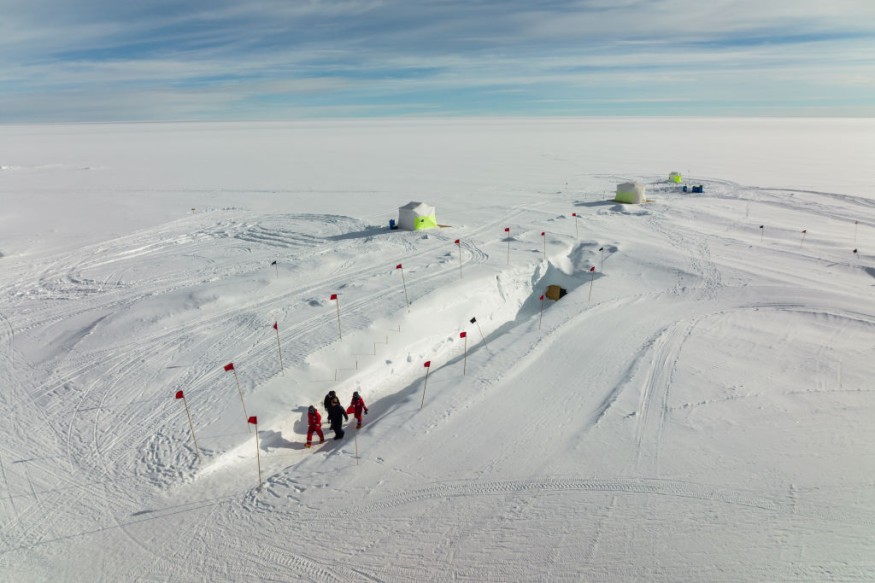
Significant areas of Greenland's melted ice sheet are now growing vegetation, posing risks such as increased greenhouse gas emissions, rising sea levels, and landscape instability.
Research conducted during the 1980s found that significant portions of ice have been replaced by barren rock, marshes, and shrub growth, resulting in an environmental change.
Ice Sheets And Glaciers Melted
A significant review of past satellite records found that an estimated 11,000 square miles (28,707 square kilometers) of Greenland's ice sheet and glaciers have melted during the last three decades.
The overall area of ice loss is similar to the size of Albania, representing around 1.6% of Greenland's total ice and glacier cover.
Greenland is part of the Arctic area. It is the world's largest island, covering around 836,330 square miles (2.1 million square kilometers). The majority of the land is covered by ice and glaciers, and it is home to approximately 57,000 people.
Since the 1970s, the region has warmed at double the global average pace. Between 2007 and 2012, average annual air temperatures in Greenland were 3°C higher than the 1979-2000 average.
A team of scientists from the University of Leeds, who have tracked the changes across Greenland from the 1980s to the 2010s, say warmer air temperatures are causing the ice to retreat, which is affecting land surface temperature, greenhouse gas emissions, and landscape stability.
Permafrost, a permanently frozen layer beneath the Earth's surface, is being "degraded" by warming, and in some regions, scientists warn that it may have an influence on the infrastructure, structures, and communities that live above it.
The most dense wetland vegetation was found at Kangerlussuaq in the south-west and in isolated regions in the northeast.
The researchers discovered that vegetation rose along a latitudinal gradient between 63° and 69° north but declined further north.
"We have seen signs that the loss of ice is triggering other reactions which will result in further loss of ice and further 'greening' of Greenland, where shrinking ice exposes bare rock that is then colonized by tundra and eventually shrub," said Jonathan Carrivick, an Earth scientist based in the Faculty of Environment at Leeds and one of the authors of the study.
Crucial Changes
The data finds that wetlands have nearly quadrupled over Greenland, particularly in the east and northeast. The wetlands emit methane.
The researchers also constructed a model to predict which areas of Greenland are likely to experience "marked and accelerated" change in the future.
Dr. Michael Grimes, the study's lead author, stated that the growth of vegetation, occurring concurrently with the retreat of glaciers and the ice sheet, is drastically affecting the flow of sediments and nutrients into coastal waters.
These changes are crucial, especially for Indigenous communities whose traditional subsistence hunting habits rely on the health of these fragile ecosystems.
"The loss of ice mass in Greenland is a substantial contributor to global sea level rise, a trend that poses significant challenges both now and in the future," said Grimes.
© 2025 NatureWorldNews.com All rights reserved. Do not reproduce without permission.

